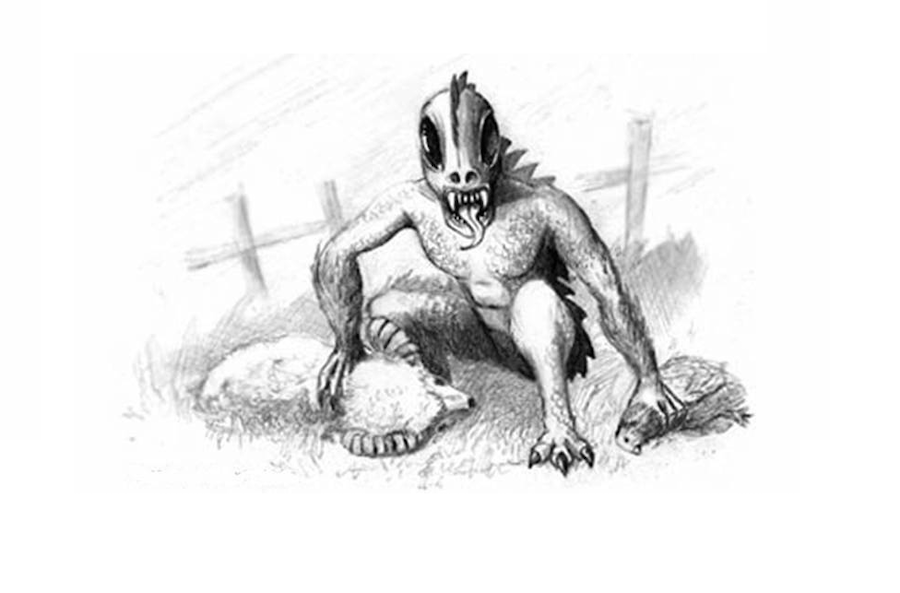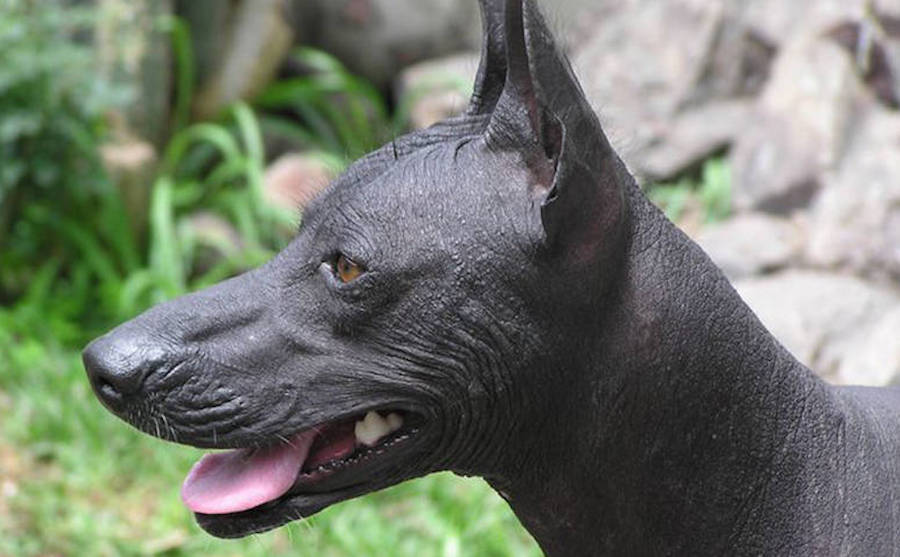The Scary Urban Legend Of The Blood-Sucking Chupacabra That Preys On Goats

Wikimedia CommonsAn illustration of the chupacabra, or “goat-sucker.”
It’s the size of a small bear, with scaly skin, a spiked tail, and it drinks the blood of livestock across the Americas. At least, that’s how the chupacabra, or “goat-sucker,” has been described since 1995.
A staple in Puerto Rican folklore, the chupacabra has been said to feed on everything from chickens and sheep to rabbits and dogs. While skeptics are quick to dismiss the chupacabra as an urban legend, many claim to have lost their farm animals to the strange beast — and have found the inexplicably bloodless corpses of these animals to prove it.
One of the earliest recorded sightings of the chupacabra happened in the small town of Moca in 1975, when livestock were found completely drained of their blood with just a few small puncture wounds found in their chests. Many suspected that a local Satanic cult was responsible, as more farms reported dead animals all bled dry through a series of small circular incisions.
Then, in 1995, Madelyne Tolentino watched from a window in her Canóvanas, Puerto Rico home as a bipedal creature hopped about her property. She said it reeked of sulphur. Others corroborated her description, but added that the creature they’d seen was hairless.
That same year, eight sheep were discovered dead, each with three puncture wounds in the chest and reportedly completely drained of blood. As many as 150 farm animals and pets were reportedly killed in this manner in Tolentino’s town that year. But the carnage didn’t end here.
Sightings continue into the modern day — and across the world. In October and December 2018, there came many reports of suspected chupacabra attacks in Manipur, India. And in October 2019, a man named Mundo Ovni allegedly recorded an attack on chickens in the Seburuquillo sector of Lares, Puerto Rico.

Wikimedia CommonsA hairless dog, likely the cause of many mistaken chupacabra sightings.
“I was of course initially skeptical of the creature’s existence,” said American writer Benjamin Radford. “At the same time I was mindful that new animals have yet to be discovered. I didn’t want to just debunk or dismiss it. If the chupacabra is real, I wanted to find it.”
Radford thus embarked on a years-long quest to find or disprove the existence of the chupacabra. However, he eventually came to conclude that the urban legend was merely spurred by anti-U.S. sentiment within Puerto Rico. He believed that locals feared that Americans had set up a top-secret experimentation program in the El Yunque rainforest, unleashing a hairless beast onto them.
There was also the matter of Species, a sci-fi horror film about an alien-human hybrid that ravaged the land and feasted on blood. Not only was the film partially filmed in Puerto Rico, but Tolentino herself had seen it the very same year that she reported her chupacabra sighting.
“It’s all there,” said Radford. “She sees the movie, then later she sees something she mistakes for a monster.”
Nonetheless, reports of chupacabras across the U.S. continued into the 2000s. Farmers found bodies of hairless, four-legged creatures with burnt-looking skin. But authorities identified these creatures as dogs with sarcoptic mange, which rendered them patchy, scaly, and largely hairless. Despite this explanation, the scary urban legend has yet to be fully dismissed.





